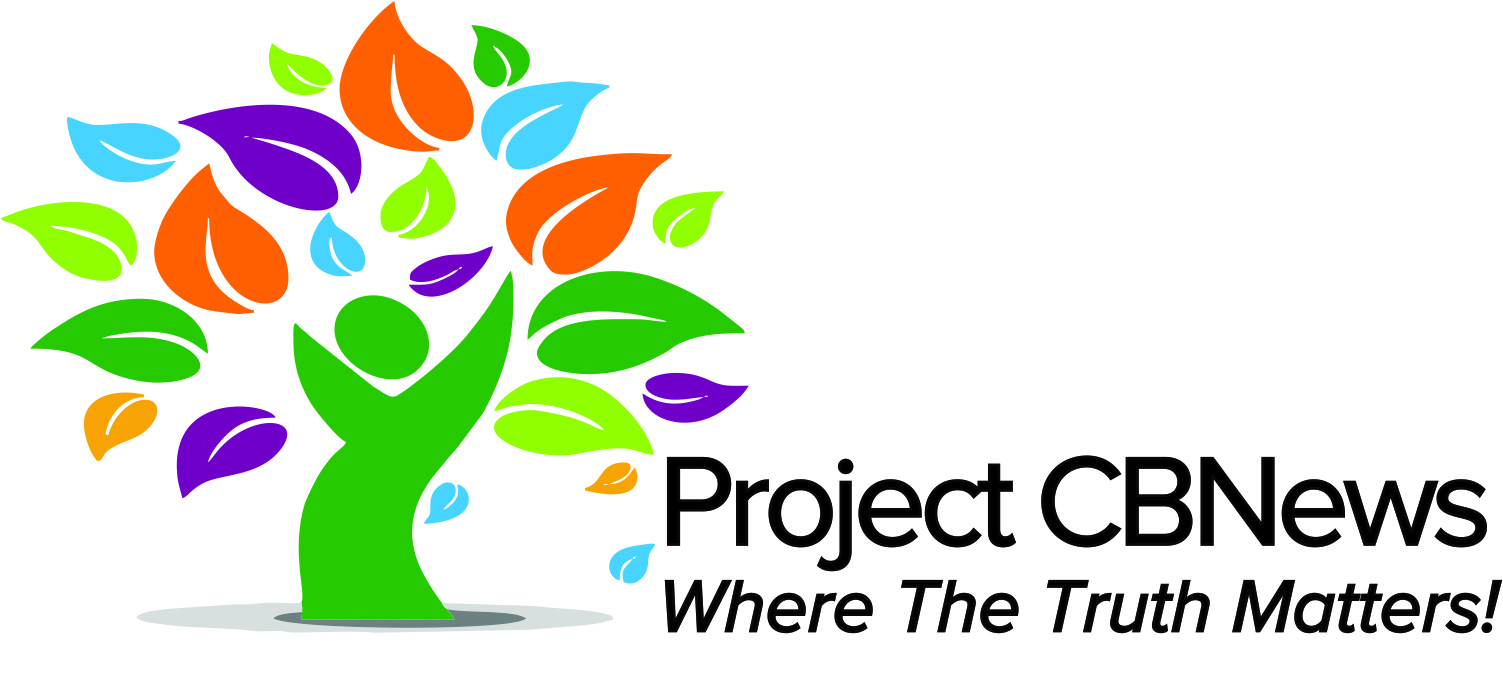On a cold winter morning 49 years ago, thousands of young South Africans took to the streets of Soweto in what would become one of the most pivotal moments in the country's struggle against apartheid. June 16, 1976, began as a peaceful student protest but ended in bloodshed that would galvanize international opposition to the apartheid regime and accelerate the path to democracy.
The Spark That Ignited a Movement
The immediate trigger for the uprising was the government's decree that Afrikaans, alongside English, would be mandatory as a medium of instruction in Black schools. Students viewed Afrikaans as "the language of the oppressor" and strongly opposed this policy, which was implemented through the discriminatory Bantu Education Act of 1953.
The protests began building momentum in early 1976, with student boycotts starting at Orlando West Junior School in April. By June, student leaders had organized a coordinated response. On June 13, student leader Teboho "Tsietsi" Mashinini proposed a meeting to plan a mass demonstration, leading to the formation of the Soweto Students' Representative Council (SSRC).
A Peaceful March Turns Tragic
On the morning of June 16, between 3,000 and 20,000 Black students from various schools across Soweto assembled and marched toward Orlando Stadium for a peaceful rally. The students carried placards reading "Down with Afrikaans" and "Bantu Education – to Hell with it" as they sang freedom songs.
When the march reached Vilakazi Street near Orlando West Junior Secondary School, approximately 10,000 students encountered a group of heavily armed police officers who attempted to disperse the crowd and prevent them from continuing their planned route.
What happened next remains one of the darkest moments in South African history. The police first tried unsuccessfully to disperse the students with tear gas and warning shots, then fired directly into the crowd of demonstrators.
The Image That Shocked the World
Among the first casualties was 12-year-old Hector Pieterson, who became the face of the uprising through a powerful photograph taken by journalist Sam Nzima. The image shows Pieterson being carried by fellow student Mbuyisa Makhubo, with Hector's sister Antoinette running alongside them in tears. The photograph was published in The World newspaper the following day and quickly spread internationally, generating widespread outrage.
Pieterson and 15-year-old Hastings Ndlovu were among the first protesters killed that day. Official figures put the death toll for June 16 at 23 people, though other reports suggest it was much higher, possibly reaching 200.
A National Uprising
The violence in Soweto sparked uprisings across South Africa. From Soweto in Johannesburg to Langa in Cape Town, thousands of students took to the streets in solidarity. By the end of 1976, approximately 575 people had died nationwide, with 451 killed by police. The injured numbered 3,907, and about 5,980 people were arrested in the townships.
International Response and Long-term Impact
The international community was horrified by the images of police firing on unarmed schoolchildren. The UN Security Council passed Resolution 392, strongly condemning the incident and the apartheid government. The uprising intensified global anti-apartheid sentiment and strengthened international sanctions against South Africa.
Many young people left South Africa to join liberation movements in exile, while others strengthened the domestic resistance movement and trade unions. The events of June 16 marked a turning point that ultimately contributed to the eventual dismantling of apartheid.
Legacy and Remembrance
June 16 has been observed as Youth Day, a public holiday in South Africa, since 1994. The Hector Pieterson Memorial and Museum opened in Soweto in 2002, near the spot where the 12-year-old was shot.
Today, as South Africa continues to grapple with the legacies of apartheid, June 16 serves as a reminder of the courage of young people who stood up against injustice and paid the ultimate price for freedom. Their sacrifice helped pave the way for the democratic South Africa we know today.
The events of June 16, 1976, demonstrate the power of youth to challenge oppression and the tragic cost of resistance under authoritarian rule. As we remember this day, we honor not only those who died but also the enduring spirit of all who fought for justice and human dignity.



